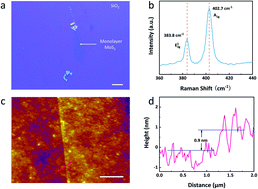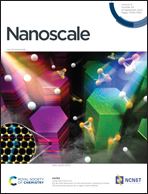Gate-tunable trion binding energy in monolayer MoS2 with plasmonic superlattice
Abstract
Two-dimensional transition metal dichalcogenides exhibit promising potential and attract the attention of the world in the application of optoelectronic devices owing to their distinctive physical and chemical properties. The real-time control of light–matter interactions in semiconductor devices through an external optical resonant cavity is crucial for designing next-generation optoelectronic devices. Here, we report the spectroscopic identification of trion binding energy in monolayer MoS2 field-effect transistors with plasmonic nanoresonators. In consequence, the binding energy could be regulated dynamically through an external electric field. In addition, after increasing the carrier injection, the evidence of the enhanced trion binding energy can also be observed, which can be utilized for researching magneto-plasmons. The ability to dynamically control the optical properties by electrostatic doping opens a platform for designing next-generation optoelectronic and valleytronic applications in two-dimensional crystals with accurate and precise tailored responses.



 Please wait while we load your content...
Please wait while we load your content...